

Welcome to the
Permian methane analysis project
The Permian Methane Analysis Project (PermianMAP) combined established data collection methods with state-of-the-art technologies to pinpoint, measure and report on oil and gas methane emissions in the Permian Basin.We shared this data with the public so companies and government officials can take swift action to improve performance.Read the final summary report.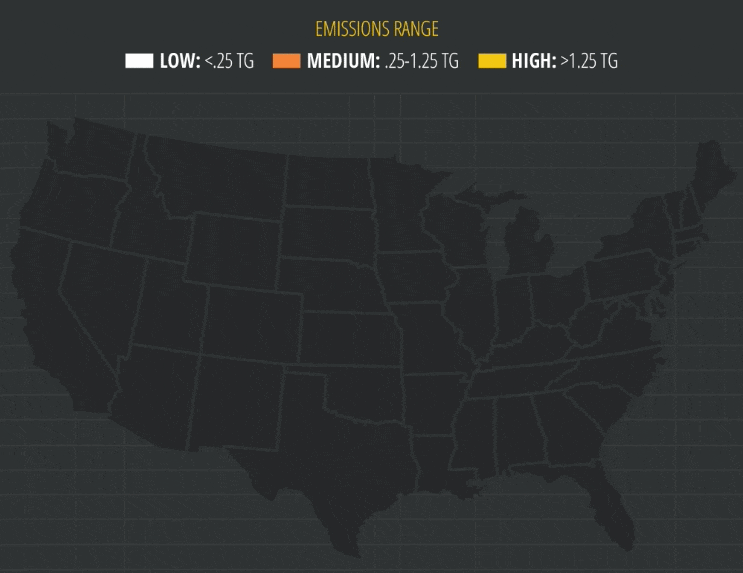

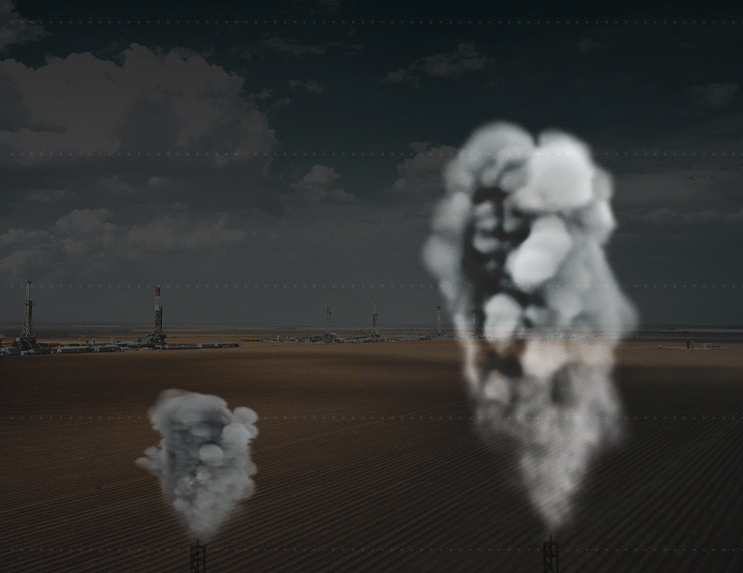

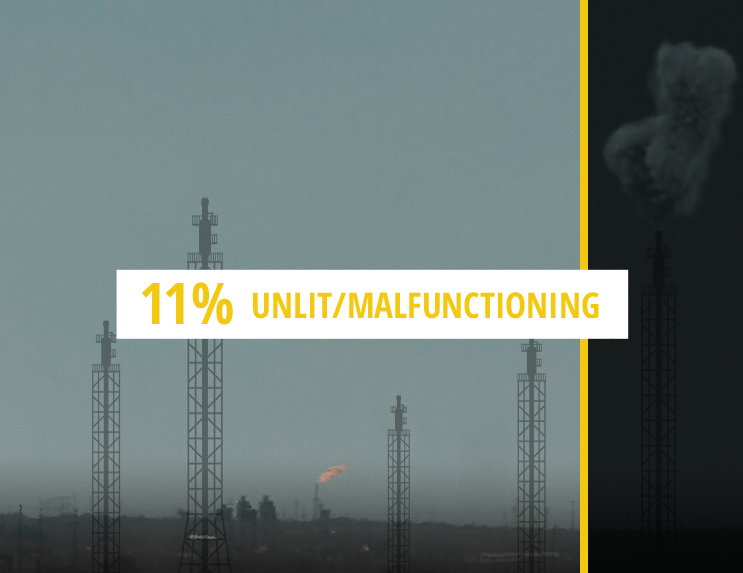
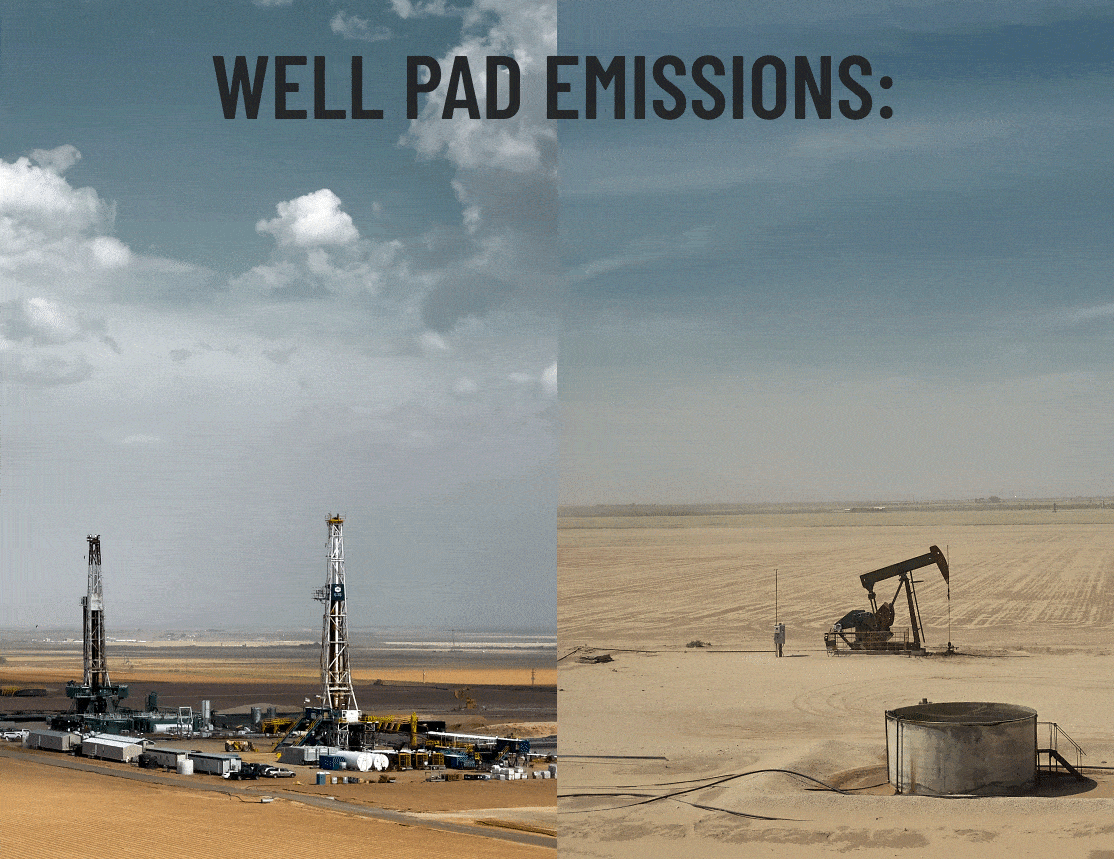
The Permian Basin is the largest oil field on the planet
Spotting the vast development is easy.
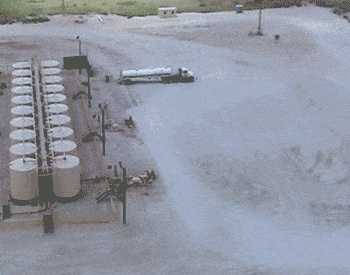
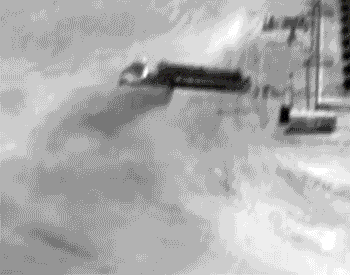

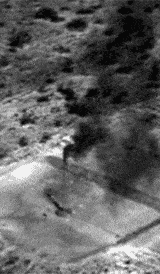


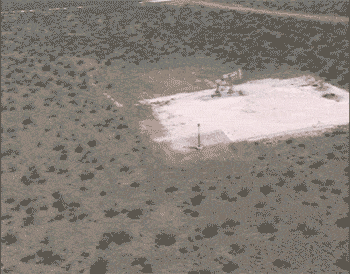
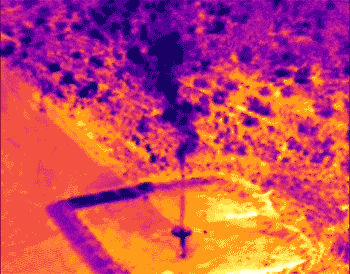
WHAT YOU CAN'T SEE
are the invisible plumes of methane pollution escaping from these facilities.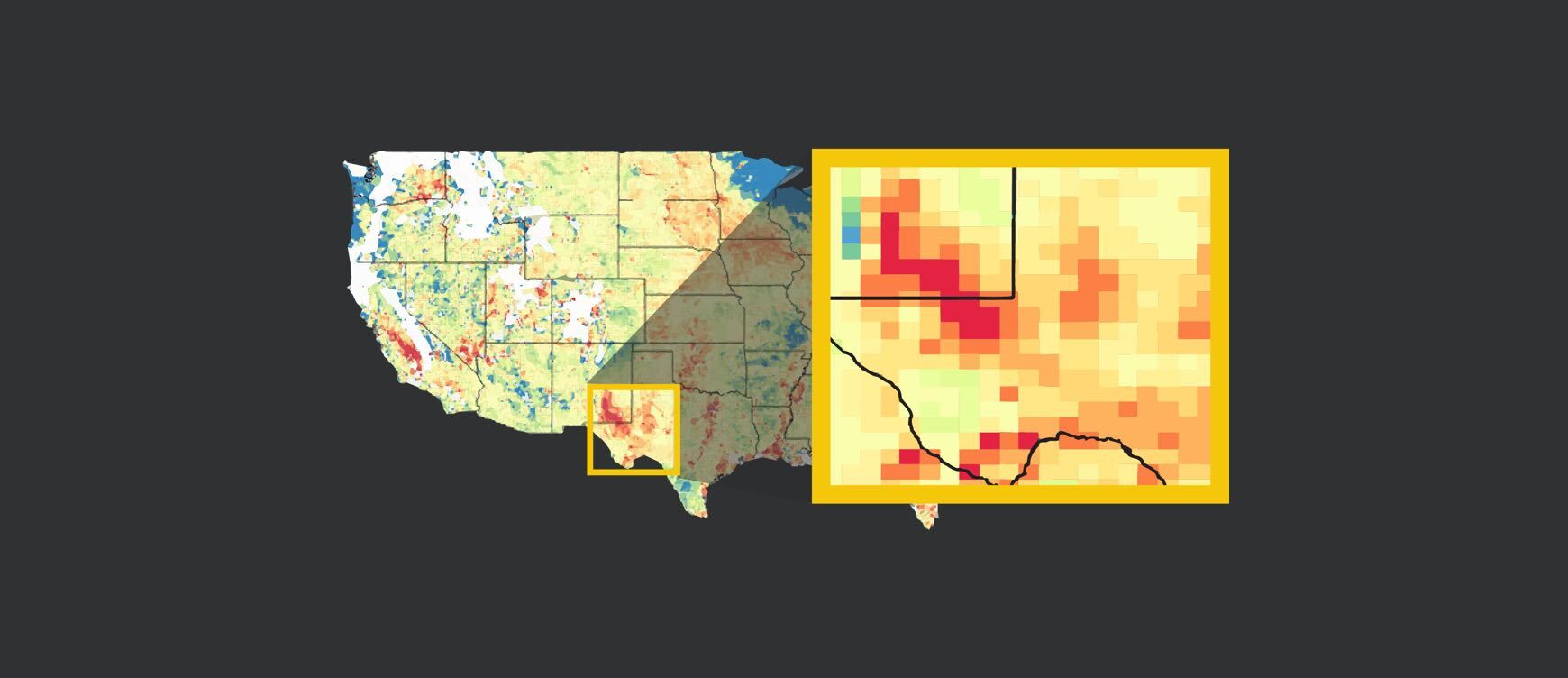
A GLARING PROBLEM
Satellite data reveals the Permian Basin is the Nation's highest methane-emitting oil and gas basin.WHY THIS MATTERS
A study from the Journal Science estimates the U.S. oil and gas industry emits about 13 million tons of methane a year because of normal and abnormal operating conditions. That’s enough gas to meet the annual household needs of 10 million homes. A recent report from the International Energy Agency says global oil and gas methane emissions may rise despite the dip in oil and gas demand, as both producers and regulators scale back staffing and oversight – leaving more leaks unnoticed and unrepaired.
The Permian Basin also has a flaring problem. Oil and gas companies often burn away the gas associated with oil production. Flaring natural gas wastes energy, worsens air quality and increases light pollution. Since 2013 operators in Texas have burned off roughly a trillion cubic feet of natural gas — enough to meet the yearly needs of every Texas home three times over.
WHAT WE'RE FINDING
Subsequent satellite measurements published in the journal Science Advances confirmed the Permian is emitting more methane than any other basin in the country.
Flaring – the practice of burning away excess gas – also appears to be one of the largest sources of the region’s methane emissions.
We surveyed hundreds of flare stacks across the basin, finding that at least one out of 10 flares were either unlit – venting uncombusted methane straight into the air – or inefficiently burning only part of the gas they were releasing.
Learn more about our flaring survey
The methane data we’re collecting will be updated periodically to generate a never-before-seen view of the region’s emissions that can help inform mitigation.
HOW TO FIX IT
In some cases, these fixes are as easy as tightening loose valves and repairing leaky equipment found while conducting routine inspections. Frequent leak detection and repair (LDAR) programs that use infrared drones and cameras to locate leaks are among the most cost-effective strategies to consider and can reduce a significant portion of Permian oil and gas methane emissions.
Operators should also address the root causes of emissions. For example, designing systems to eliminate routine flaring or venting, or replacing high-emitting pneumatics with low or no-emitting technologies can reduce future emissions. Several oil and gas companies are already making bold commitments and implementing solutions to reduce emissions. Learn more about effective methane management:
- Emission reduction best practices
- Credible methane measurement and quantification approaches
- Digital methane solutions
- Establishing robust methane targets
Ultimately, one of the most effective solutions to minimize methane emissions is strong, comprehensive regulation. Companies can advocate for effective methane regulation at the state and federal levels.
email PermianMap@edf.org with questions.